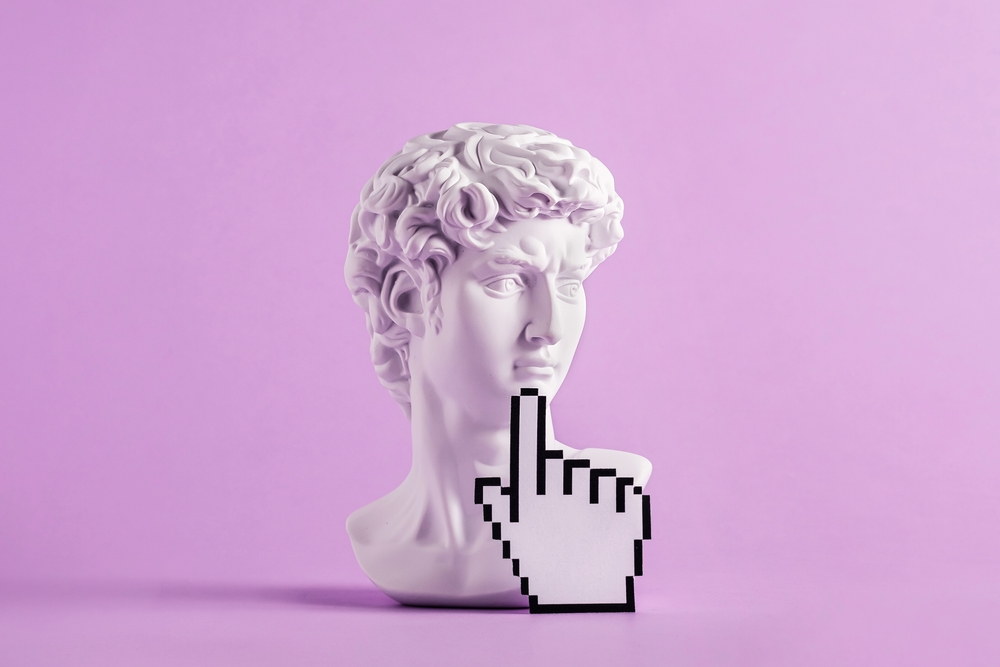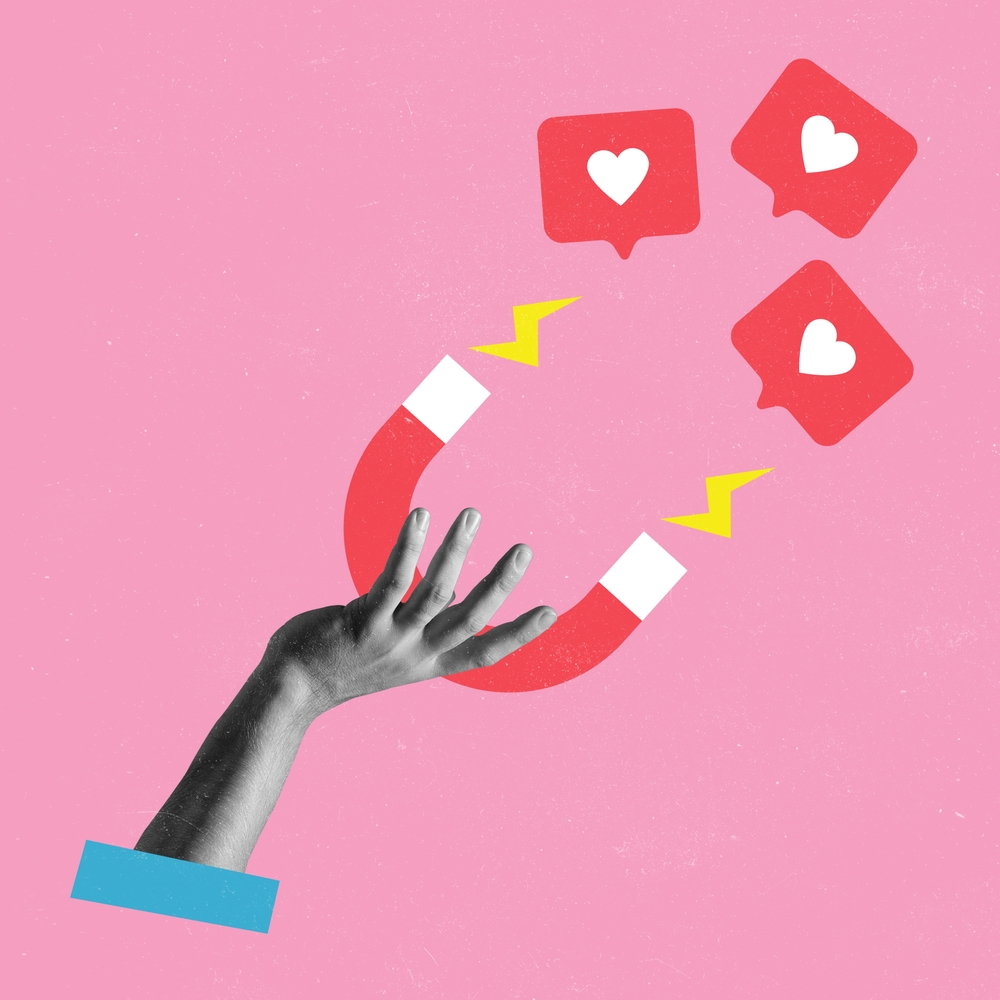Lately, an art collector sold a painting in an auction for 3.1 million USD, after purchasing it for a mere 600$. Well, it had actually been created by the famous 17th-century painter Anthony van Dyck, but the man who had sold it to the art collector obviously had not known that. I assume he’s not very happy right now. That said, art pricing is indeed quite a mystery. In a world in which bored ape toons are sold for even higher sums, how are art (or so-called ‘art’) prices determined? Can investors detect art trends before they become ridiculously expensive?
I, Ofir Bar, am a veteran investor with about 25 years of experience in worldwide and varied markets. I was always intrigued about what makes expensive investments expensive. Art pricing, in particular, has been a mystery to me. After all, many types of art were scorned in the time in which they were created, only to later become extremely appreciated and valuable. Nevertheless, you can’t count on that. I hope my notions will help you spot smart art investments beforehand.

Source: Shutterstock
Brought to you by….
Before the modern era, most artists were sponsored by wealthy people that provided for them while they were creating their ‘unproductive’ pieces of work. Above all, art pricing was determined back then by the reputation and wealth of the sponsor, as this was an indicator of the art’s quality. The prestige of the gallery in which the art was presented also had an impact. Yet these two were not the only factors determining value: Creating a fine piece of art takes time and costs money, so pricing was also determined by that. Not to mention, the artist’s own reputation also had an impact on his work’s market value.
Today, it’s not hard to notice that these standards changed greatly (but not completely). As the centuries rolled by, artistic technique was gradually abandoned in favor of self-expression, as can be seen in contemporary art.
Online jibber jabber makes the difference
Art is not something you can eat. Just like money, it has value only because we agree it is valuable. Yet, as opposed to money, each piece of art has a different market value, if at all. More than anything else, it’s mainly a matter of hype and marketing. Some may claim, and I tend to agree, that art value has always been a matter of hype, but this is even more extreme in the information age. This is because, with social media, it’s so easy to make people go crazy after anything, given a substantial amount of ‘likes’ and sufficient online jibber jabber about it.

Source: Shutterstock
Contemporary art is all about pure self-expression in its most raw and externalized form. People go after art they can sympathize with its story, message, sentiment, or the criticism it expresses. This is why contemporary art can have high value if it provokes debate about cultural disputes, political or social controversies, and so on - even if creating it didn’t require any special skill.
The replaceable ape
I admit that when NFTs took the market by storm, I found it a bit surprising. Uniqueness and irreplaceability were thrown out of the window. ‘What is art without irreplaceability?’ I asked myself, but couldn’t find the answer. But it was crystal clear: Any sane person understands NFTs have no artistic value. That said, these days countless people go blindly after trends they learn about online. In many cases, these turn out to be mere marketing tricks, nothing more. Nevertheless, the fact that so many people wanted NFTs and were willing to pay top dollar for them - made them that expensive.
Like the people who determine what’s going to be fashionable in the following years, exhibition owners can, in my opinion, give you a hint about what type of art is going to storm the market in the near future. After all, they set the agenda. They decide which pieces of art will be presented in their famous galleries. So, getting to know their current taste may be your best chance to predict future trends in this fickle market and make the most of it investment-wise.